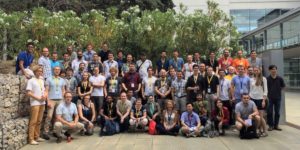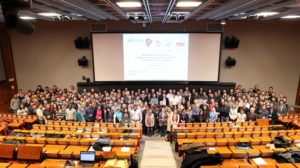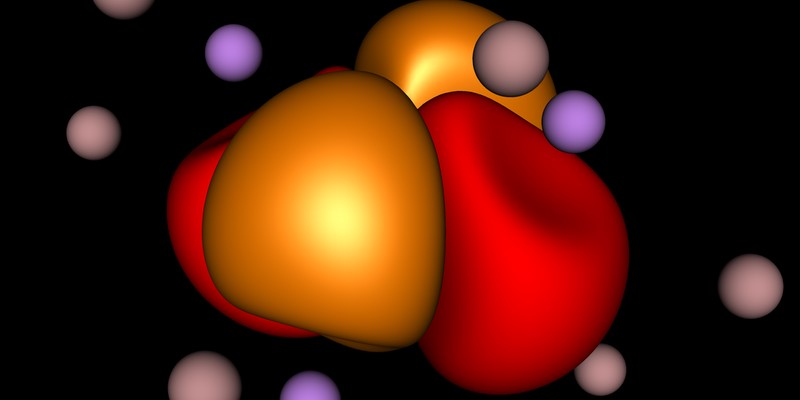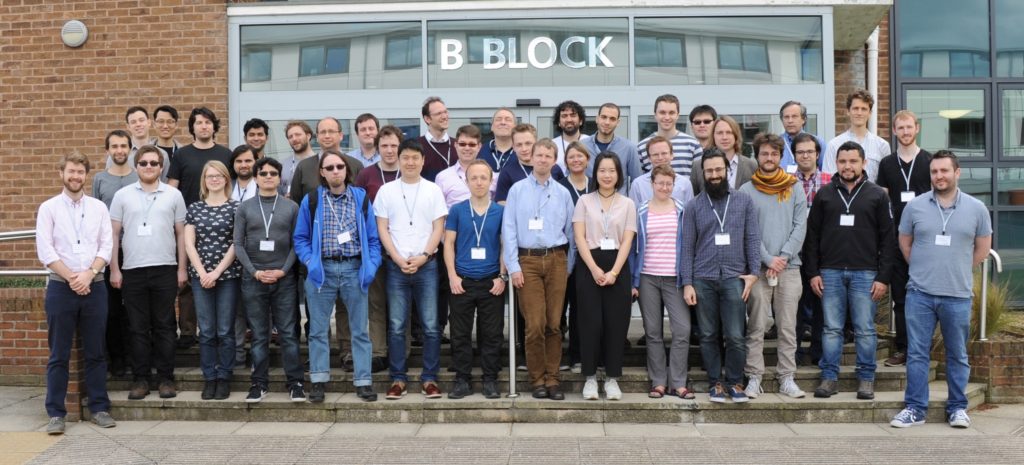In 2017, the ETSF Young Researchers’ Meeting made its way to Tarragona, Spain for the first time. Sunny weather, great food, a beautiful old city and the kind hosts at the Catalan Institute for Chemical Research (ICIQ) provided a fantastic setting for a week of science that will stay in our memory.
The Young Researchers’ Meeting (YRM) of the European Theoretical Spectroscopy Facility (ETSF) is a workshop organised by young researchers for young researchers. Every year, postdocs, PhD students and Master students gather from all over Europe to discuss problems and recent advances in theoretical and computational methods for the study of the electronic and optical properties of materials. The YRM is where you can present your work in progress, float new ideas, and learn from others at your own level – both scientifically and personally. Talks at the YRM are 25 minutes, which gives you enough time to introduce your topic, what you did and, crucially, how you did it. Each session starts with an introductory keynote that provides an overview of the field, introduces the theoretical framework and points out open questions. Continue reading 14th ETSF Young Researchers’ Meeting (Tarragona)




